Persicaria Mill.
smartweed, knotweed
Polygonaceae
Potamogeton (rarely confused)
cosmopolitancosmopolitan:
(adj) essentially worldwide in distribution
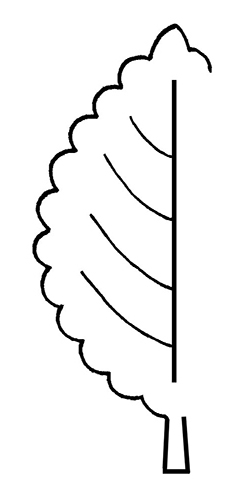
Persicaria amphibia (L.) Delarbe (Polygonum amphibium L.)
Persicaria hydropiperoides (Michx.) Small
Persicaria lapathifolia (L.) Delarbe (Polygonum lapathifolium L.)
Persicaria maculosa Gray (Polygonum persicaria L.)
Persicaria 'Sao Paulo' (species unknown)
The cultivated species listed are all introduced throughout the world.
The cultivated species listed above are all considered serious environmental weeds.
emergentemergent:
(adj) (syn. emersed) with parts raised out of the water; extending up out of the water
 and terrestrialterrestrial:
and terrestrialterrestrial:
(adj) growing on land as opposed to living in water
 ascending stem plantstem plant:
ascending stem plantstem plant:
(n) (a term used in the aquarium and pond plant trade) having an elongate stem (as opposed to a compact stem)
 or small bush
or small bush
Annual or perennialperennial:
(adj) (of a plant) having a life cycle of more than two years
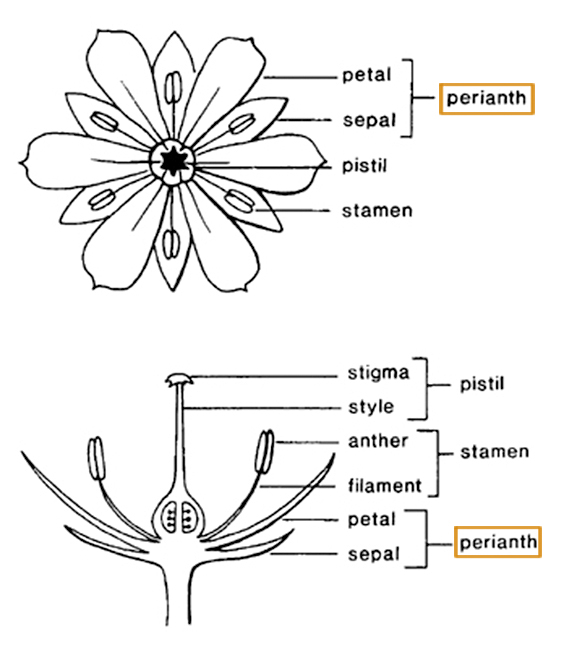 . Stem slender or robust, ascending to erect, rarely prostrateprostrate:
. Stem slender or robust, ascending to erect, rarely prostrateprostrate:
(adj) growing closely along the ground
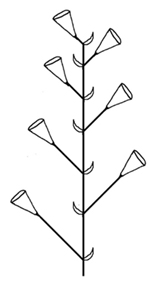 . Leaves alternatealternate:
. Leaves alternatealternate:
(adj) (of leaves) bearing one leaf per node; placed singly on the stem at different heights
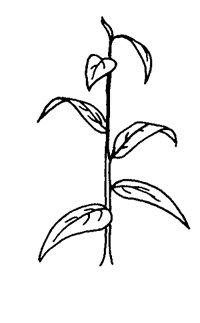 , petiolatepetiolate:
, petiolatepetiolate:
(adj) relating to or in the form of a petiole; bearing petioles
 or sessilesessile:
or sessilesessile:
(adj) attached directly, without a stalk
 ; stipules united into a specialized sheath called an ocreaocrea:
; stipules united into a specialized sheath called an ocreaocrea:
(n) a sheath or tube formed at the base of the petiole by two united stipules, as in some members of the family Polygonaceae
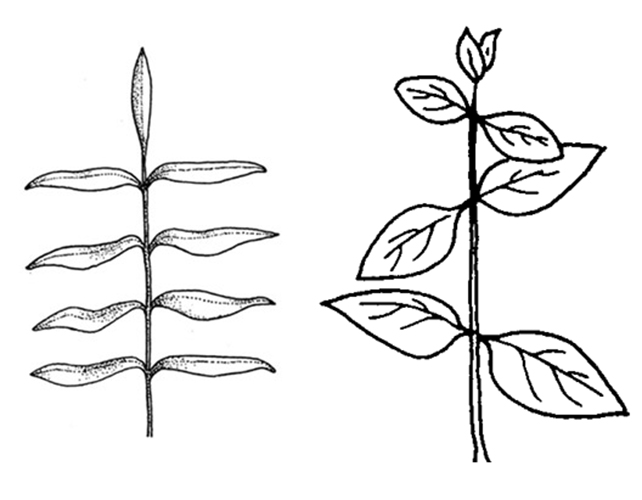 ; ocreaocrea:
; ocreaocrea:
(n) a sheath or tube formed at the base of the petiole by two united stipules, as in some members of the family Polygonaceae
 silvery- or whitish-hyaline, with at least the upper part laceratelacerate:
silvery- or whitish-hyaline, with at least the upper part laceratelacerate:
(adj) torn; irregularly cut or slashed
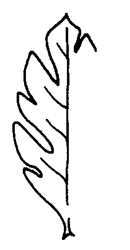 ; leaf bladeblade:
; leaf bladeblade:
(n) (syn. lamina) the flat, expanded part of a leaf, frond, or petal (excluding, e.g., the petiole)
 linear-lanceolate, ellipticelliptical:
linear-lanceolate, ellipticelliptical:
(adj) in the form of an ellipse (oval)
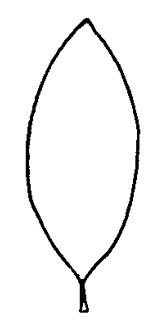 to ovateovate:
to ovateovate:
(adj) egg-shaped in outline; generally with the broad end at or near the base
 ; margins entireentire:
; margins entireentire:
(adj) having a continuous margin that is not toothed or lobed
 . Inflorescenceinflorescence:
. Inflorescenceinflorescence:
(n) the arrangement of flowers on the floral axis
 mostly terminalterminal:
mostly terminalterminal:
(adj) at the apex
 , spikespike:
, spikespike:
(n) an indeterminate, unbranching inflorescence of sessile flowers or flower clusters on a usually elongated axis
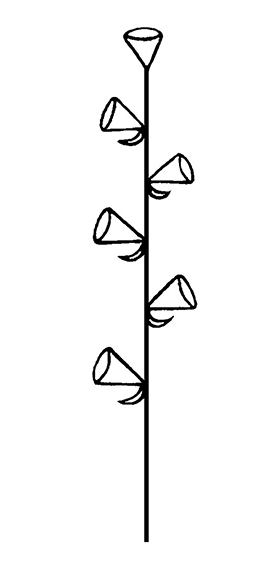 -like. Flowers small; perianthperianth:
-like. Flowers small; perianthperianth:
(n) collective term for the calyx and corolla of a flower; also used for floral whorl(s) in which the calyx and corolla cannot be resolved; any of the leaves or bracts surrounding the sex organs of bryophytes
 of 4-5 tepals, subequal, free or fused at base, campanulatecampanulate:
of 4-5 tepals, subequal, free or fused at base, campanulatecampanulate:
(adj) bell-shaped
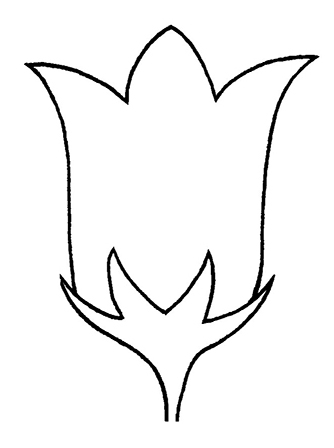 or urceolateurceolate:
or urceolateurceolate:
(adj) urn-shaped
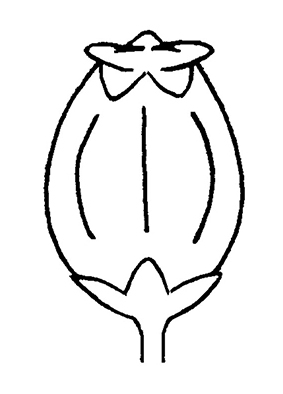 ; sometimes heterostylousheterostylous:
; sometimes heterostylousheterostylous:
(adj) (of flowers) having styles differing in length, shape or number in flowers among various plants of one species
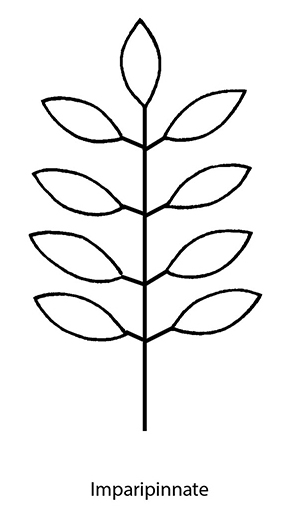 . Dispersal of nuts by animals or water.
. Dispersal of nuts by animals or water.
frequently in moist or inundated habitats; many can survive extended periods of inundation
Persicaria contains 66 species worldwide, with 10-20 aquatic species. The genus Persicaria was previously included in the genus Polygonum.